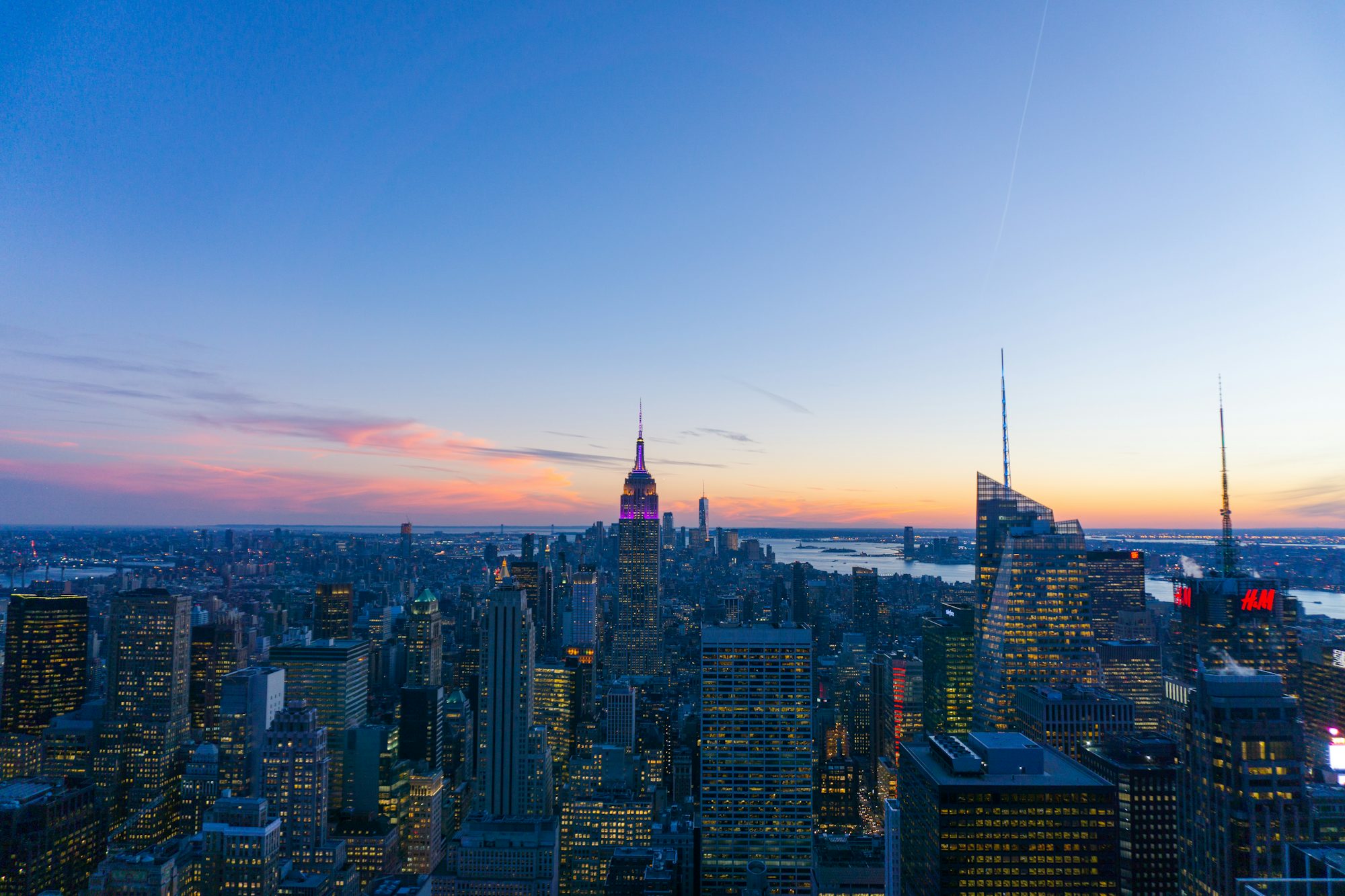The Evolution of Skyscraper Design: Trends and Innovations Shaping the Future
This article explores the latest trends and innovations in skyscraper design, highlighting how these elements contribute to urban development and sustainability.
Skyscrapers have long fascinated architects, urban planners, and the public alike. These towering structures not only redefine city skylines but also symbolize progress, innovation, and the aspirations of urban life. As we advance into the 21st century, the evolution of skyscraper design is marked by a blend of aesthetic vision, technological advancements, and a commitment to sustainability. This article explores the trends and innovations shaping the future of skyscrapers, reflecting broader societal values and needs. One of the most prominent trends in modern skyscraper design is the emphasis on sustainability. As cities grapple with environmental challenges, architects are increasingly tasked with creating structures that minimize their ecological footprint. This involves integrating renewable energy sources, such as solar panels and wind turbines, into building designs. For example, the Bosco Verticale in Milan incorporates vertical gardens that not only beautify the building but also enhance air quality and reduce energy consumption. By merging nature with architecture, these sustainable skyscrapers contribute positively to their urban environments. Furthermore, the incorporation of smart technologies is revolutionizing skyscraper design. Smart buildings utilize advanced sensors and automated systems to optimize energy use, improve occupant comfort, and enhance overall building performance. The Edge in Amsterdam is a prime example of a smart skyscraper, featuring real-time monitoring of energy consumption, temperature, and occupancy. Such innovations not only make buildings more efficient but also create more pleasant environments for residents and workers. Another significant trend is the shift towards mixed-use developments within skyscrapers. These buildings integrate residential, commercial, and recreational spaces, fostering a sense of community and convenience. The Hudson Yards project in New York City exemplifies this approach, combining luxury apartments, retail spaces, and public parks. By offering diverse amenities within a single structure, mixed-use skyscrapers promote social interaction and enhance the urban experience, making them desirable living and working environments. As urban areas continue to grow, the need for efficient land use becomes paramount. Skyscrapers allow cities to maximize their footprint by building vertically, thus preserving valuable ground space for parks, public transit, and other community needs. This trend towards vertical living not only supports higher population densities but also encourages more sustainable transportation options, as residents can often walk or take public transit to their daily destinations. The design of skyscrapers is also influenced by cultural contexts and architectural styles. Globally, cities are showcasing their identity through unique skyscraper designs that reflect local heritage and values. The twisting structure of the Turning Torso in Malmö, Sweden, captures the essence of human movement and dynamism, while the futuristic design of the Shanghai Tower symbolizes China’s rapid growth and modernization. By embracing local culture in skyscraper design, cities can create iconic landmarks that resonate with both residents and visitors. Additionally, biophilic design—a concept that seeks to connect occupants with nature—is gaining traction in skyscraper architecture. Incorporating natural elements into building designs enhances occupants' well-being and productivity. Features such as indoor gardens, natural light, and open-air spaces create a more inviting and pleasant atmosphere. The One Central Park development in Sydney is a perfect example of biophilic design, where lush greenery is integrated into the building's architecture, blurring the lines between the indoors and outdoors. Safety and resilience are also critical considerations in the design of modern skyscrapers. With the increasing frequency of extreme weather events, architects are focused on creating structures that can withstand natural disasters. Innovations in materials and engineering techniques, such as using flexible building materials and advanced structural systems, enhance the resilience of skyscrapers against earthquakes, floods, and high winds. The adaptive design of the Taipei 101 in Taiwan, for instance, features a tuned mass damper that helps stabilize the building during seismic events, ensuring the safety of its occupants. Moreover, the concept of modular construction is revolutionizing how skyscrapers are built. Modular construction involves prefabricating sections of a building off-site, which are then assembled on location. This approach not only speeds up construction times but also reduces waste and labor costs. As cities strive to meet housing demands quickly, modular skyscrapers present a viable solution, offering flexibility and efficiency in urban development. Looking forward, the future of skyscrapers will be heavily influenced by advancements in artificial intelligence (AI) and machine learning. These technologies have the potential to revolutionize building management, optimizing everything from energy usage to maintenance schedules. AI systems can predict when equipment needs servicing, reducing downtime and operational costs. As skyscrapers become smarter and more integrated into urban ecosystems, the role of technology will be pivotal in enhancing their functionality and sustainability. In conclusion, the evolution of skyscraper design reflects a dynamic interplay between innovation, sustainability, and cultural expression. As cities face unprecedented challenges in the 21st century, skyscrapers will continue to play a vital role in shaping urban environments. By embracing sustainable practices, integrating smart technologies, and fostering community interaction, modern skyscrapers are not only transforming city skylines but also enhancing the quality of urban life. The future of skyscrapers promises exciting possibilities, with architects and designers at the forefront of creating structures that resonate with the needs and aspirations of society.
07-29-2024
Emily Chen